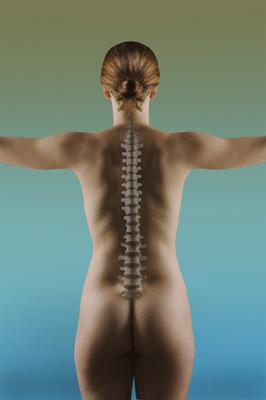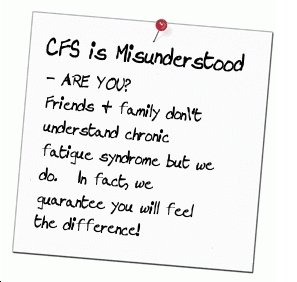Reduce Pain and Strengthen Your Lower Back With These Easy Tips
Do you suffer from lower back pain? While lower back ailments can feel like the worst kind of torture, you can actually experience lasting relief and perhaps healing by making some easy changes to your routines.
Try these easy strategies to reduce your lower back pain:
1. Correct your sitting posture. If you spend endless hours in front of the computer at work or home, it's very likely that your posture is contributing to your back pain. After some time sitting at a computer, it's instinctual to start slouching, craning the neck or contorting the body in some other way.
* Ensure the back of your chair is upright and your bottom is pushed towards the very back of the chair.
* Pay attention to your body so the minute it starts to slouch, you can return to an upright position.
* Ensure the computer screen is at eye level so you're not forced to tilt your head forward, thereby putting strain on the neck and subsequently the lower back.
* It also helps to get up every so often and move around to get your blood circulating and relieve the stiffness that can come from sitting too long.
2. Wear comfortable shoes. Whether you're a lover of high heels or flats, there are good choices and not-so-good choices, as your shoes affect your back. You owe it to your lower back - and your entire body for that matter - to shop for shoes that offer complete support.
* When shopping for heels, go with a "reasonable" heel height. Excessively high shoes put excessive stress on the arch of the foot, which can easily affect the lower back.
* When looking for flats, remember that the sole should have enough cushioning to prevent your back from the shock that comes when the feet are in too close contact with hard ground surfaces.
3. Always stretch after a workout. Stretching after a workout - especially a rigorous one - can loosen the muscles and help realign the back so it is less prone to damage.
4. Support your back in bed. If you're in bed for eight hours each night, that's 1/3 of your life spent in bed. Your sleeping posture is probably one of the main reasons you're experiencing nagging lower back issues. See how your sleeping position can affect your back and use these tips for positive results:
* If you sleep on your back, put pillows under your knees to support the back and prevent it from becoming strained during long hours of sleep.
* If you sleep on your side, place pillows between your knees to keep your spine in a neutral position, which is important for preserving the health of your back.
* Sleeping on your stomach causes the neck and head to twist unnecessarily, which can put undue stress on your back, so it's wise to avoid this sleeping position as much as possible.
Let these tips reduce your pain. Making the changes necessary to support your back will enable you to finally achieve the lower back health you've been missing out on.
You'll love the way you feel!
Learn more about your health online when you read the rest of our information here about: Chronic Pain Management and also download the free health report available there!
Warren Tattersall has been a full time nutritional consultant for over a decade and works with people all over the world to help them improve their health, increase their personal energy levels and to use supplements to assist with diet related health issues.
Just send him a note on the form here - Contact Us - to request a personal no obligation one-on-one consultation with Warren
New order website for Australian customers:
For all the subscribers that don't want to talk to anyone, just want to buy their products direct, I'm creating these websites that process orders for you once you register with them.
The Australia GoHerbalifeSite is the first one completed, other countries will come along soon...
Australian customers: Click this link or tap on the banner below to check it out and get registered to place your orders... and remember your 15% discount code: HLIntro15

Did you find this post fun, informative and useful? If so, please share it with others!
If you have a comment, question or suggestion, please leave a comment below!
the A to Z directory of dealing with Health Problems & Self Care Strategies for natural remedies to your health issues.

Subscribe to get your weekly "Health Success Magazine" with a new complete & comprehensive Health Report in every edition!

to “Your Health Success”
our weekly F’R’E’E’ Newsletter
If you would like a free no-obligation private consultation or to contact Warren Tattersall for more information, please click here >> Contact Us

Click the books above to learn more about how we treat CFS naturally, to get your life back!
You will find many assorted Health Reports available for download free to you on this website!
Our free Health Success Reports are each available for you to download when you subscribe to receive them and their 7 part eCourse.
You can unsubscribe at any time, but we are sure you will want to receive all the email lessons of these informative ecourses.
Read more HERE to select the REPORT subjects of most interest (or concern) to you.









